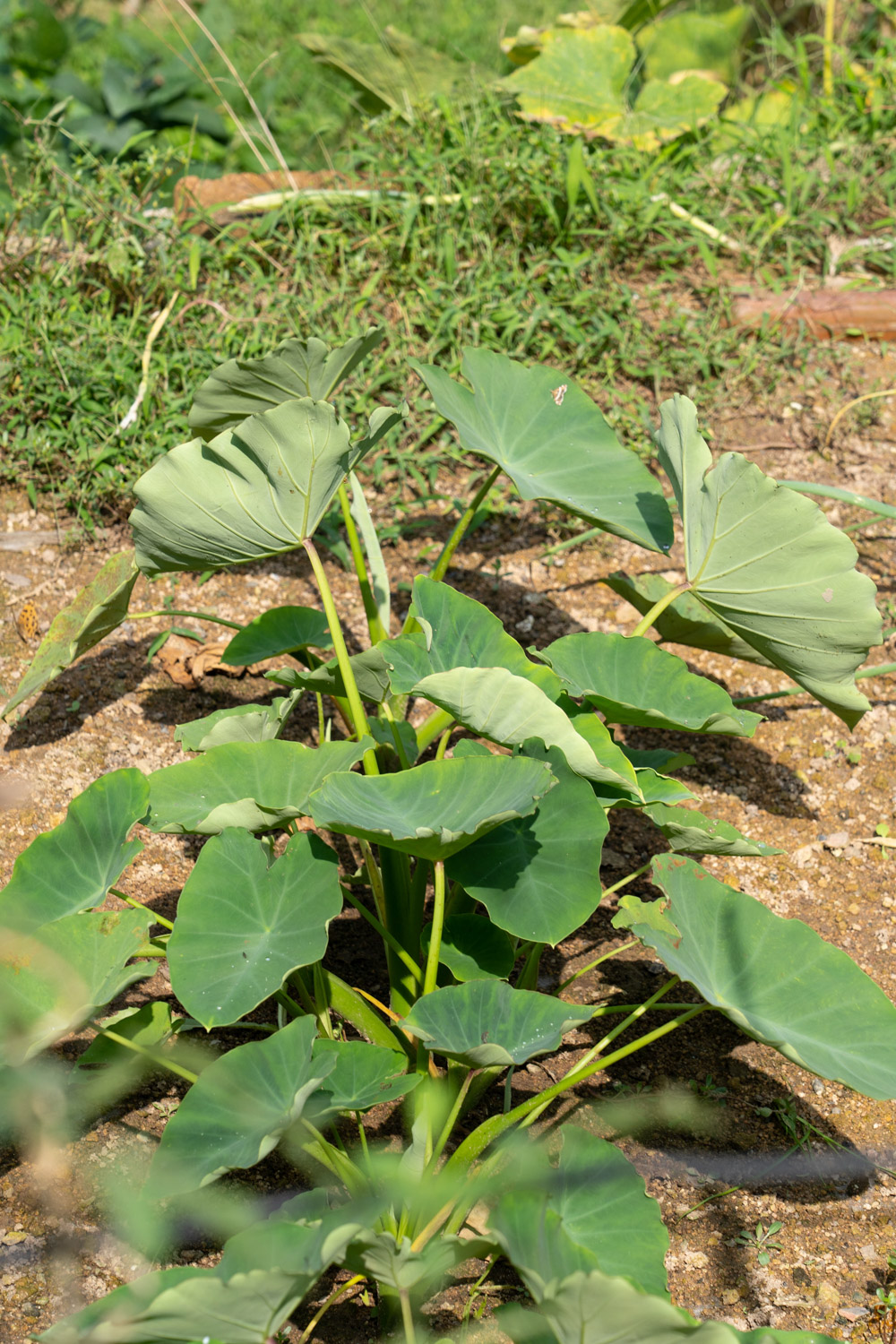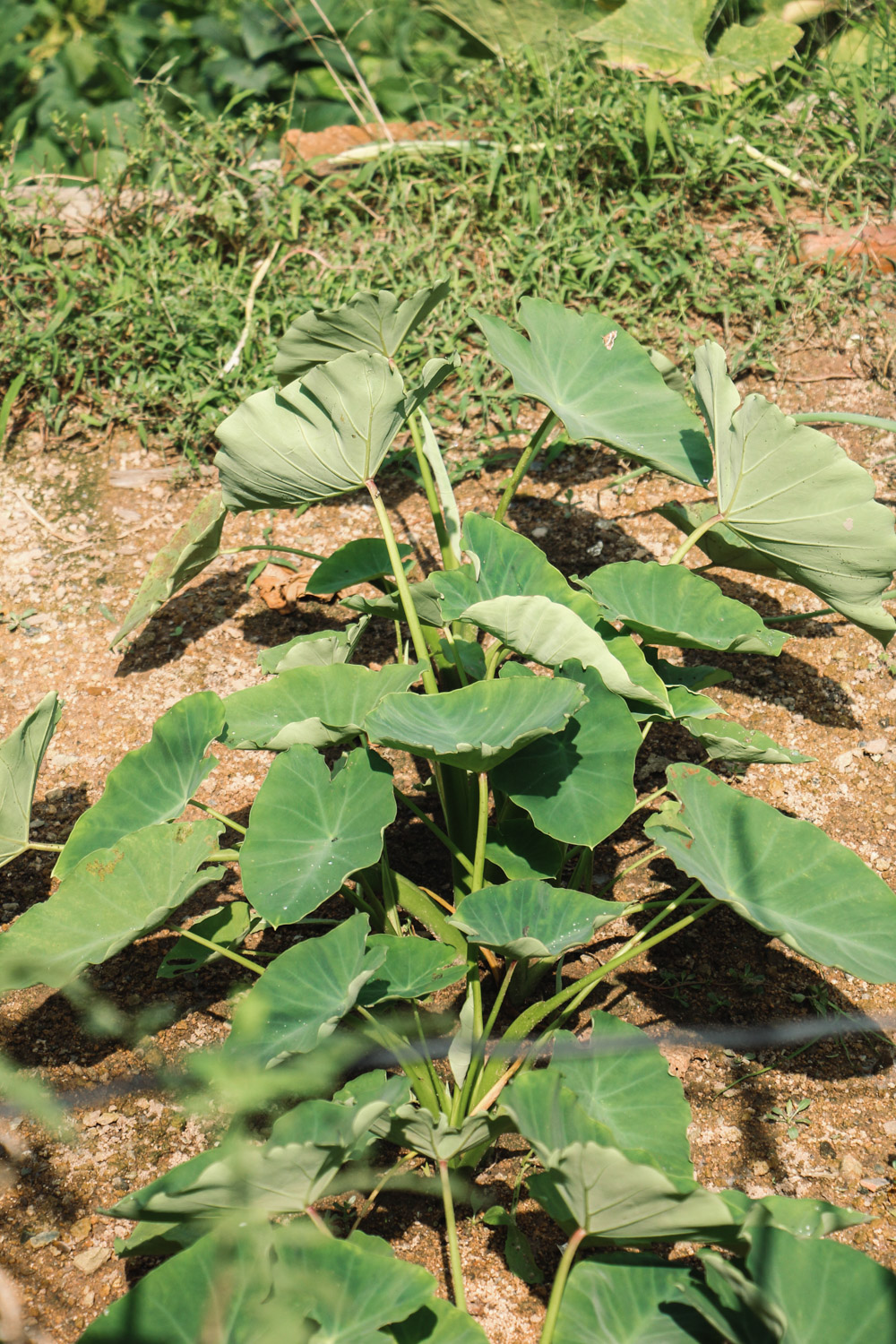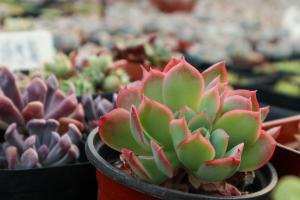1、 Curing method
1. Temperature: it likes warm, slightly higher temperature, at least above 20 degrees. Its bulbs need to be in a temperature environment of 27 to 30 degrees to grow vigorously. However, it can also germinate normally at 13 to 15 degrees

2. Light: taro is a shade tolerant plant, and the demand for sunshine is not too much. However, when it grows in blocks, it should provide sufficient astigmatism, not in very dark places for a long time. Only when you encounter strong light, you need to block it or move its position. If it's always indoors, put it in a place with good astigmatism

3. Watering: taro likes humidity, but its drought tolerance is also good. During the growth period, you can supply a little more water, but don't accumulate water, because its waterlogging resistance is not very good. In winter, it's best to water less

4. Fertilization: taro does not need too much fertilizer, nor does it need too much nutrients in the soil. It can be applied in an appropriate amount, and there is no need to apply too much topdressing

2、 Breeding skills
1. Reproduction: sowing and reproduction can be adopted. Generally speaking, sowing seeds before and after the Qingming Festival is the most appropriate. Specifically, "live broadcast" can be adopted. The specific row spacing can be 66-83 cm, and the plant spacing is about 33 cm. After sowing, it is best to keep the temperature between 13-15 degrees, and try not to have strong light

2. Pruning: during the season of vigorous growth of taro, its leaves will also be very dense. If it is very messy, it can be repaired. In addition, some yellow and dry leaves may appear. Just cut them off in time

3、 Problem diagnosis and treatment
1. Disease: an easily acquired disease called "taro blight" is a disease caused by some fungi. It is a high incidence season from June to August. It needs drugs such as metalaxyl. There is also "soft rot", which is caused by bacteria. Chlorothalonil can be used

2. Pests: also more. For example, "Spodoptera litura", the harm of larvae is more serious, and imidacloprid can be used to deal with them. There will also be some underground pests that can be treated with trichlorfon

4、 Other issues
1. Toxicity: it is non-toxic and the fruit is edible

2. Whether it can be raised at home: Yes, it is still common to put it at home as decoration


 how many times do yo...
how many times do yo... how many planted tre...
how many planted tre... how many pine trees ...
how many pine trees ... how many pecan trees...
how many pecan trees... how many plants comp...
how many plants comp... how many plants can ...
how many plants can ... how many plants and ...
how many plants and ... how many pepper plan...
how many pepper plan...































